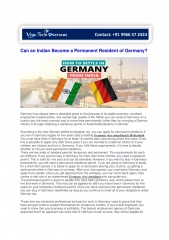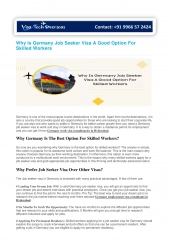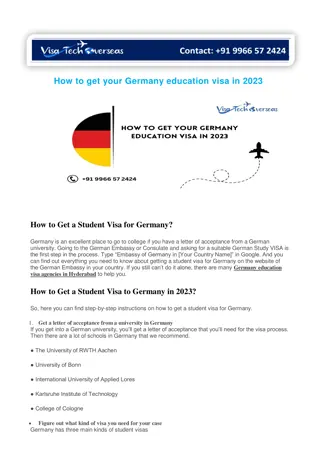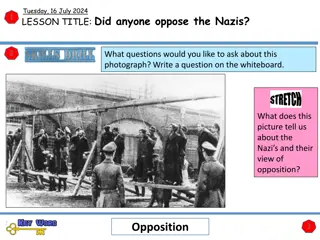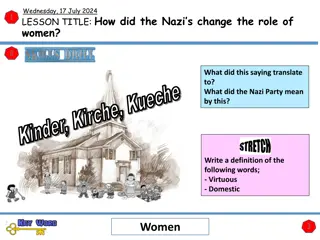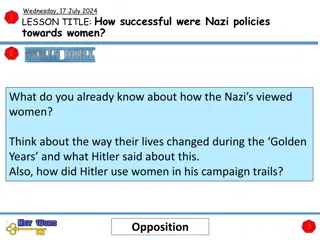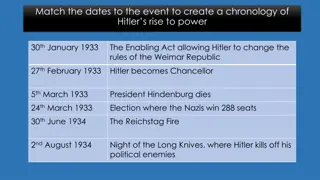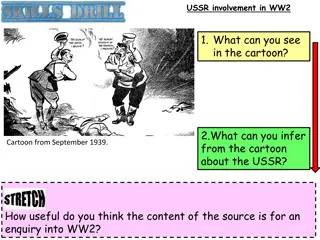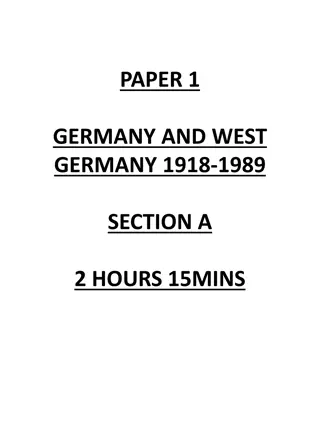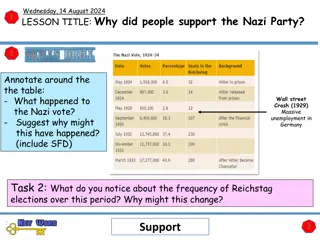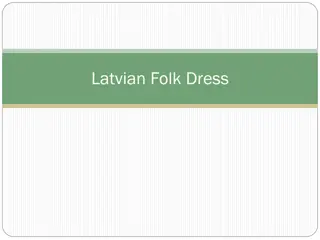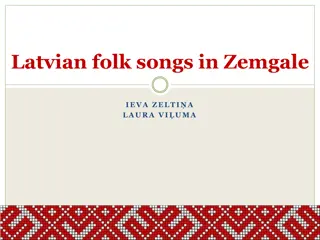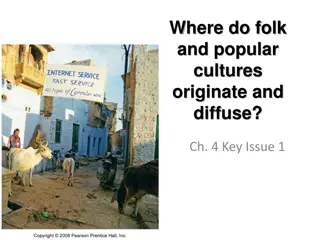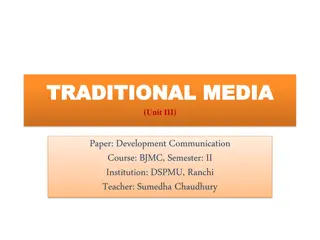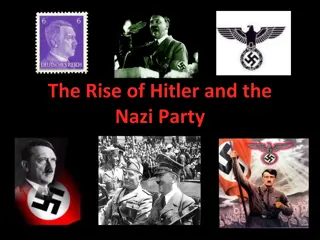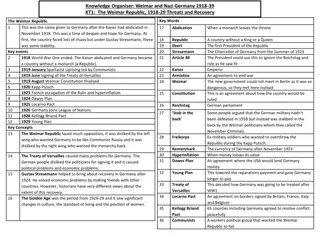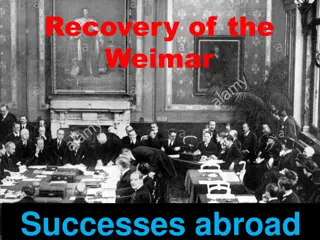Exploring Nazi Folk Community and Social Dynamics in Germany
In this detailed exploration, you will delve into the intricate social structures of the Nazi folk community in Germany. From the expulsion of individuals to the liberalization of sexuality, the role of women, youth organizations, education system coordination, and foreign relations, you will learn about the complex dynamics that shaped this period in history.
Download Presentation

Please find below an Image/Link to download the presentation.
The content on the website is provided AS IS for your information and personal use only. It may not be sold, licensed, or shared on other websites without obtaining consent from the author. Download presentation by click this link. If you encounter any issues during the download, it is possible that the publisher has removed the file from their server.
E N D
Presentation Transcript
Folk community January 18, Week 12
Folk community I have been expelled from the folk community
The Nazi folk community More a notion than a reality Idea of an equal community of racial comrades Everyone s participation Participatory violence Equality defined racially and socially Strong gender components; state interfering with family and private sphere Based on exclusion of those who did not fit in racially and biologically ( non-Aryans, asocials, homosexuals, those sexually deviant, criminals, hereditary ill) Eugenics and later annihilation
Women, gender, and sexuality BDF, League of German women, headed by Gertrud Scholtz-Klink (here waiting for Hitler)
Naziss liberalization of sexuality Dagmar Herzog, Sex after Fascism
Youth for the Fhrer Co-ordination of education system Politically unreliable teachers sacked. Curriculum brought into line with Nazi ideology. Youth Organizations: Deutsches Jungvolk (German Young People, DJ) Boys aged 10-14. Hitler Jugend (Hitler Youth) Boys aged 14-18. Jungm delbund (League of Young Girls) Girls aged 10-14. Bund Deutscher M del (League of German Girls, BDM) Girls aged 14- 18.
Boycott of Jewish stores, Aryanization, and Action 3 SS in front of the Wertheim departmental store
Foreign relations At first calming other countries, pact with Poland Failed coup in Austria in 1934, turning the country into right wing autocracy annexation of Saarland (1935), Rhineland (1936) The Czech journalist Stanislav Bud n remembered Saarland plebiscite: In the evening of the day of the plebiscite we were in the editorial office [of Rud Pr vo] we even shifted the time of the deadline, and, very tense, were expecting the results. The results came in. A crushing, I believe 90%, majority spoke out for unification with Germany! That evening we decided to call the office of a Communist newspaper in Saarbr cken. I was the one in the office who spoke the best German, and so it was me on the phone. When we were finally connected, on the phone was the crying voice of the woman comrade there, who told me that they are leaving the editorial office and the party headquarters, because before the building is the raving canaille they had all their windows smashed and in no time those people will storm the building. The last islet of democracy on German soil was gone.
Foreign relations cont. Rapprochement with Italy: conflict in Ethiopia and Spain Berlin-Rome Axis, 1936: closing ranks with Mussolini Hossbach memorandum, Nov 1937 Japan becomes ally in 1937 Austria annexed in March 1938 Appeasement: Czechoslovakia broken up Sep 38, occupied March 39 Molotov-Ribbentrop pact, August 39 Attack on Poland and beginning of WWII, Sep 1, 1939 Operation Barbarossa: attack on the Soviet Union, June 1941


